I didn’t know that this silo’s days were numbered, I just liked the baked, dusty “Wall-E” vibe – if you ignore the plants (there weren’t any on Wall-E’s earth). Although the Intrepid isn’t a great choice for architecture, it’s a terrific choice if you have to lug everything even for half a mile. I used Fomapan 400, because it’s cheap like me and if you just expose it at 200 ASA and then develop it normally, many of its flaws disappear.
All of the photos here were printed on Ilford MG paper using E72 developer. For those interested in printing, I use a Saunders LPL 4500ii enlarger with a 135mm Schneider Componon S lens. I photographed the prints with my phone, and of course they now look a bit worse than the originals.

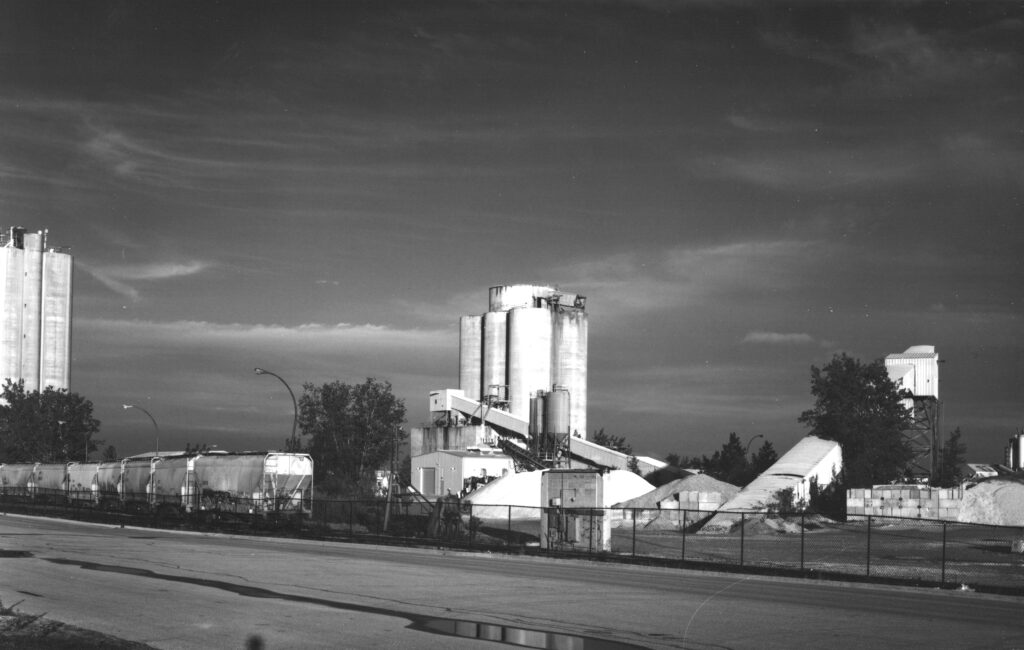
One day they started taking one of the silos down – the slow way with a jack-hammer on the end of a Cat. This made for some nice grey scenes and the whole process took more than a month, so I went back a few times. Here is one of them photographed fom the original location.
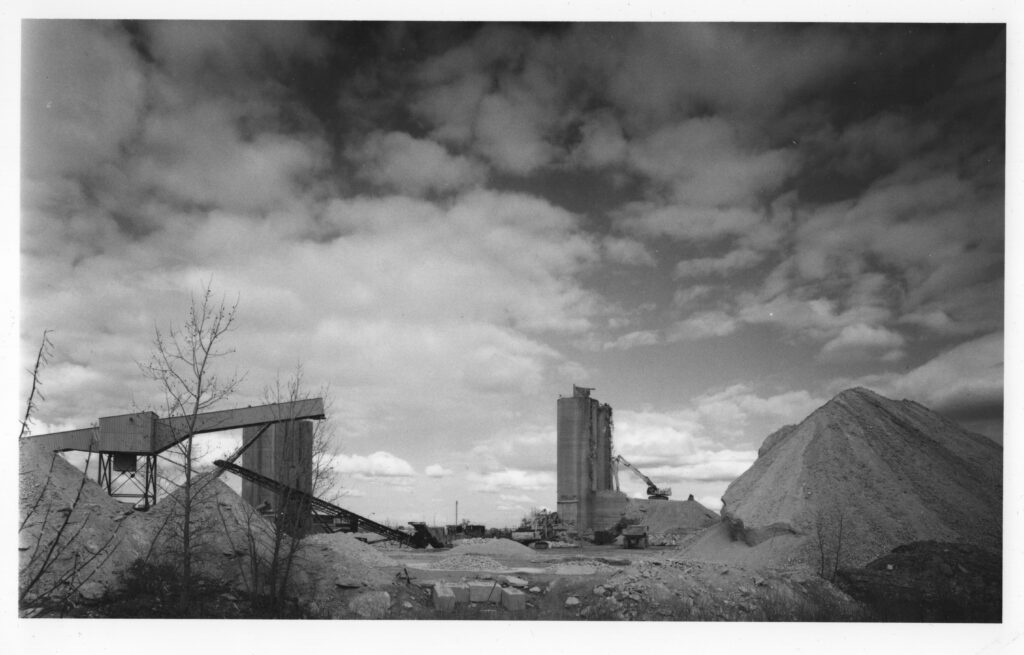
I wasn’t sure when the destruction would look optimal, so I kept going back. I like the hairy look of the rebar in this next one.
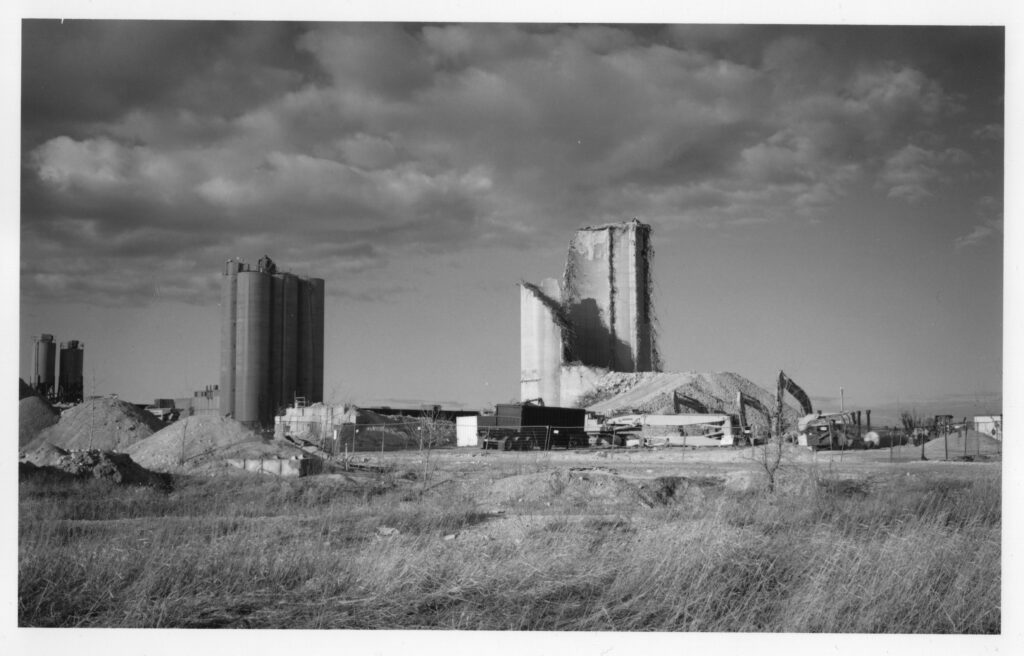
It didn’t last too much longer after this. I think the pile of rubble on the right is the remains of it. If I had to do it again, I would use D-23 more. I have a few more sheets from this scene that are difficult to print because the Rodinal gave too much contrast. I have a weakness for Rodinal, partly just sentimental nonsense.
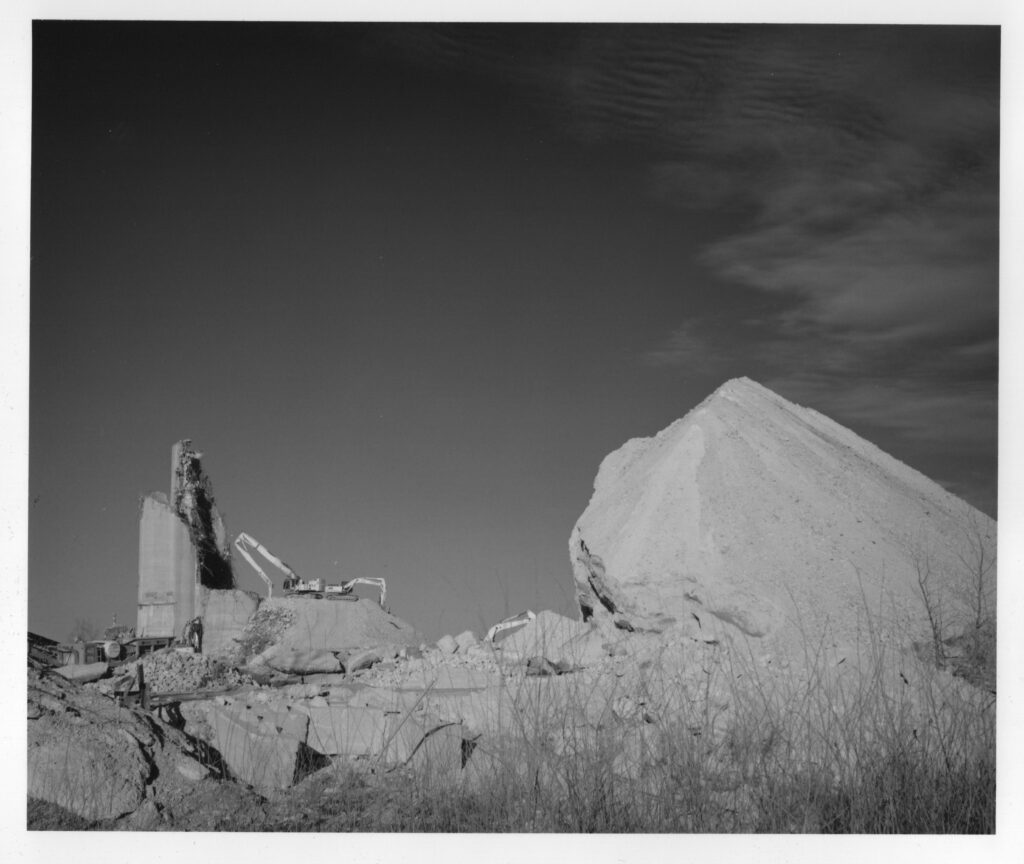
Sometimes I wonder if I learned photography backwards: like many, I started with 135, graduated to 120, and finally 4×5. What if you start with 4×5, even though the deep end is very deep? This idea was planted in my head by a friend and we both ended up agreeing. Each image, each decision is remembered much more clearly, because each photo is really an event. Less time elapses before you see the result, because you can develop it that same day. No roll waiting inside a camera for maybe weeks or months. Also, individual processing of sheets removes a lot of compromises in development that you have to make with roll film. My 135 camera, a Canon A1, can be set to auto-everything and by the time I develop the film, I definitely don’t recall any settings and mistakes become impossible to troubleshoot. Just a thought.
I am on Instagram here, but I’m starting to get disillusioned with IG, so I don’t post as much as I should.
Share this post:
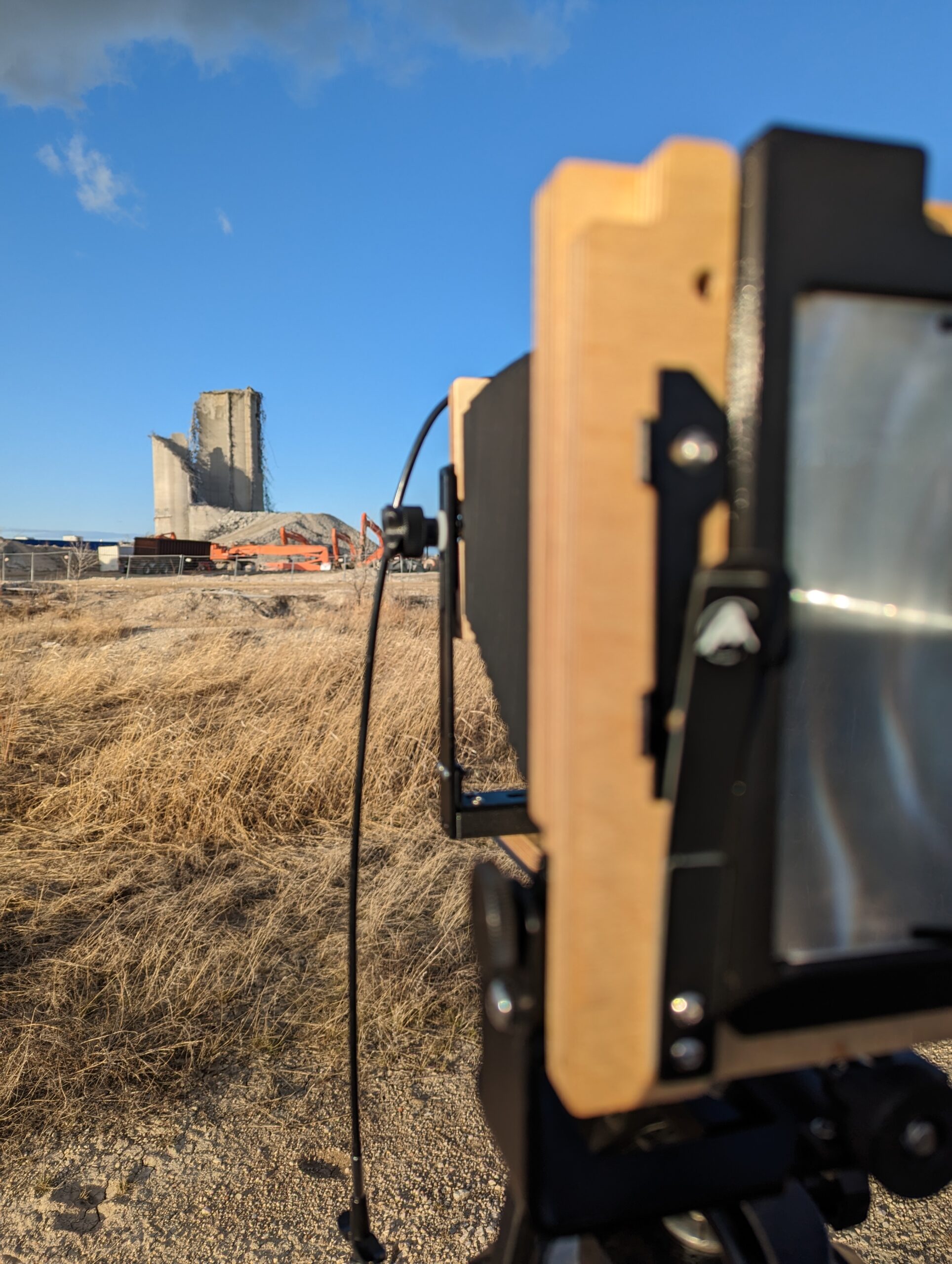
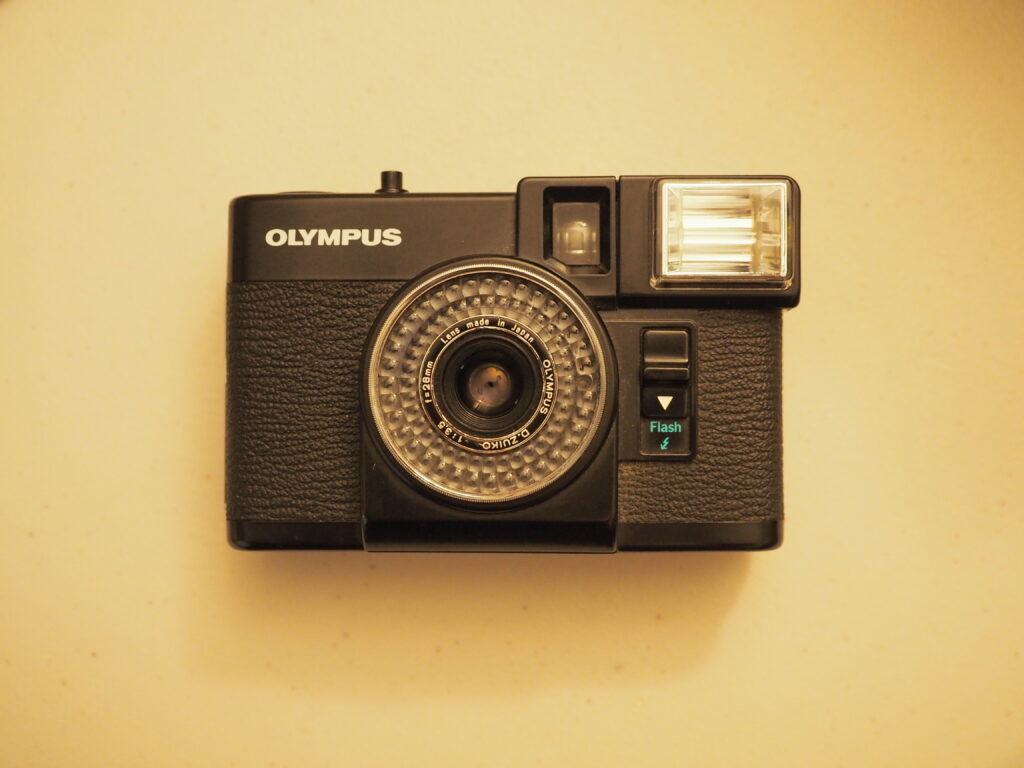
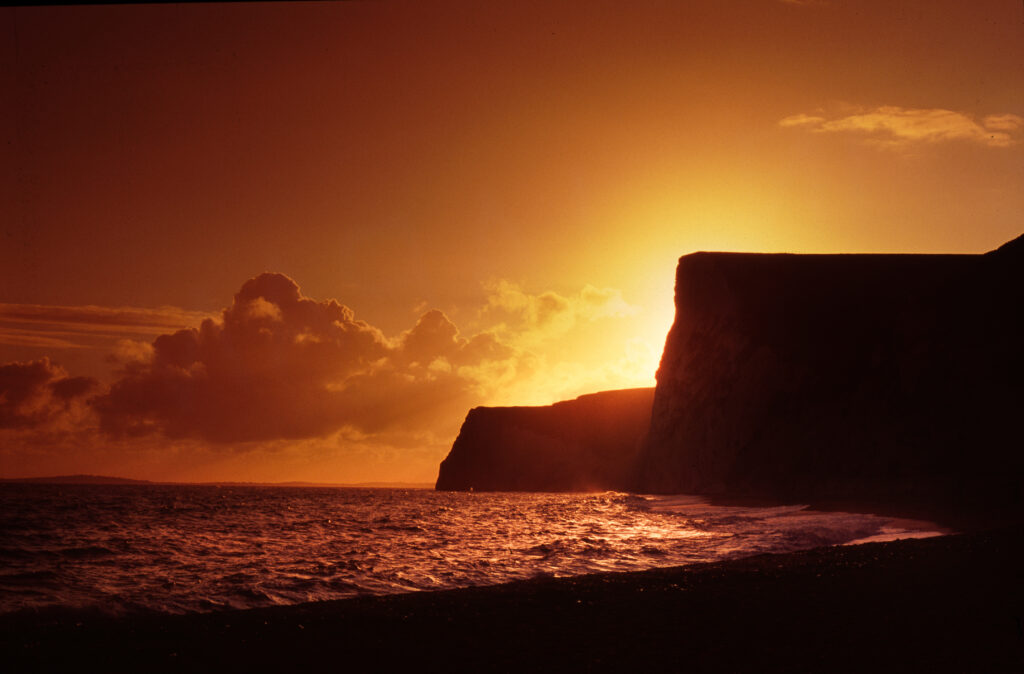
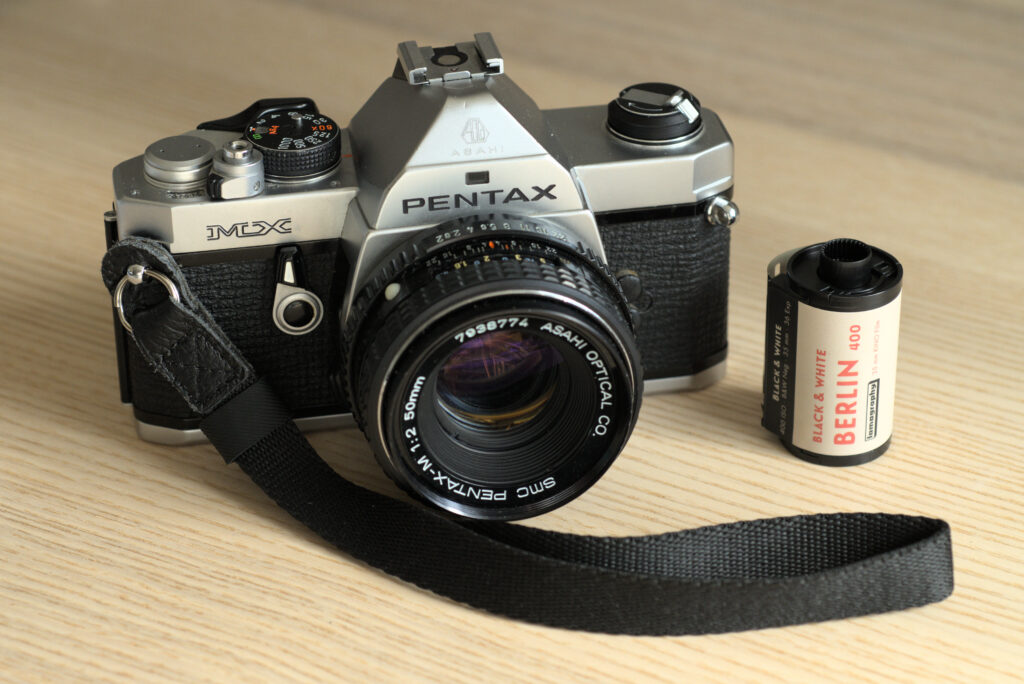
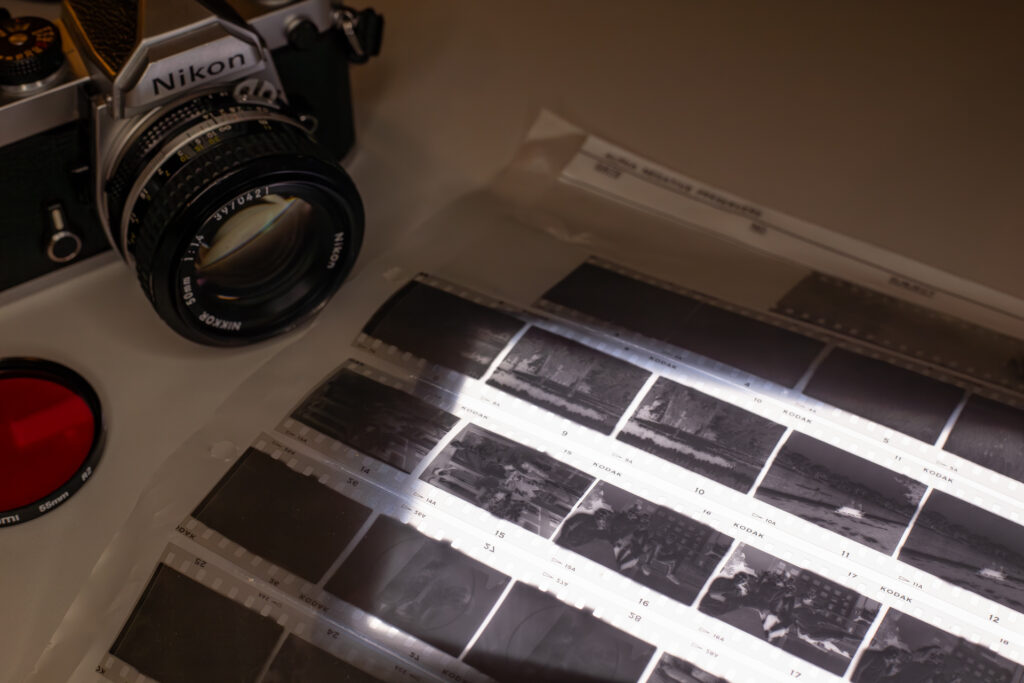
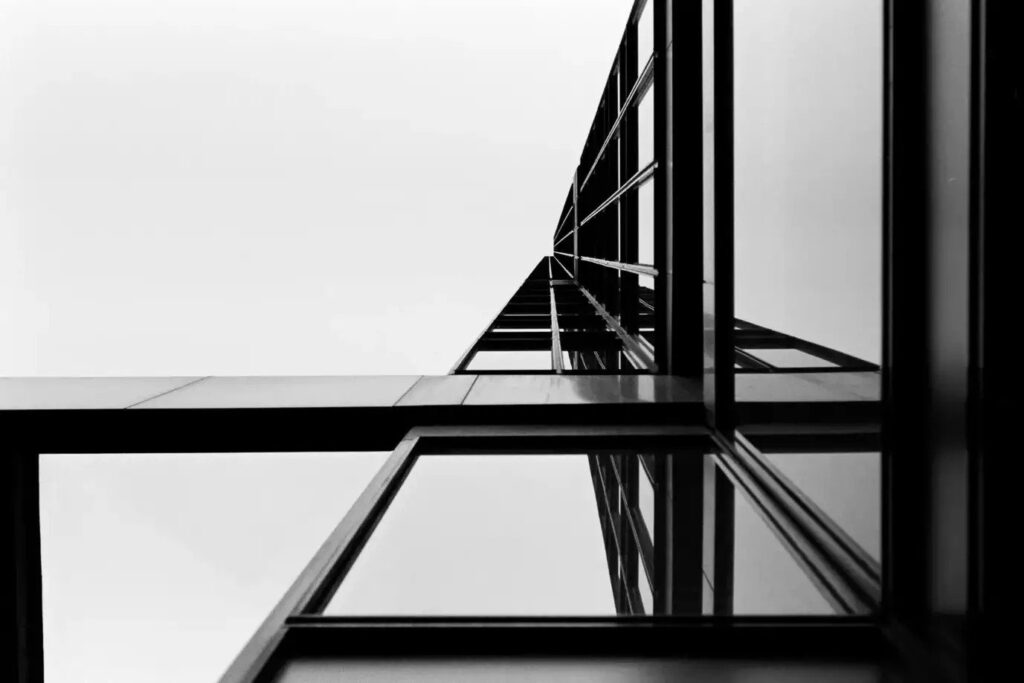
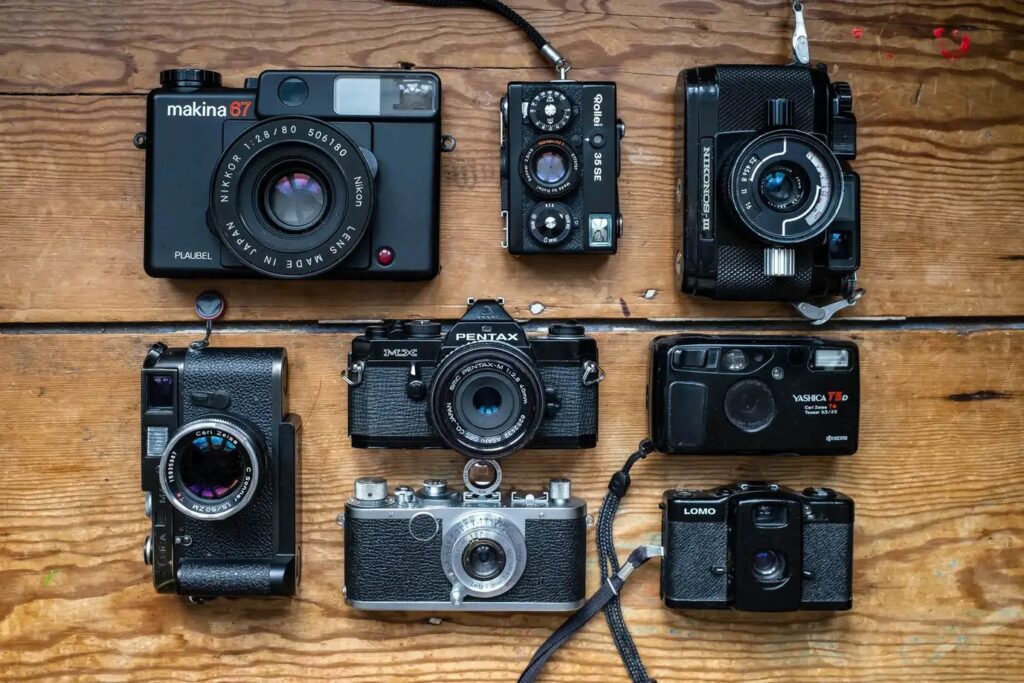
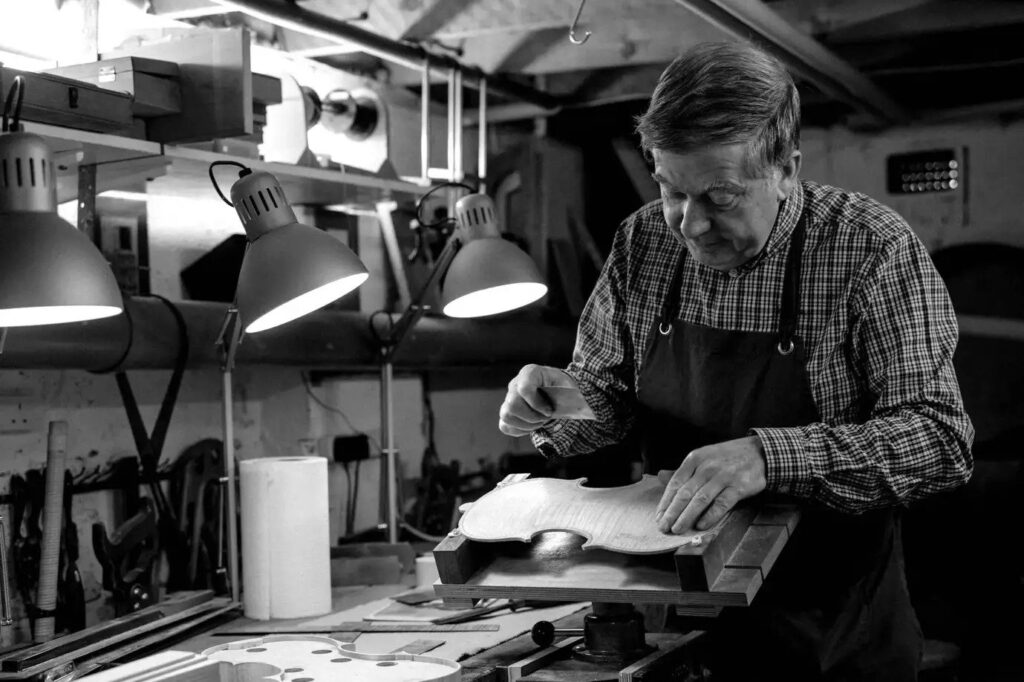
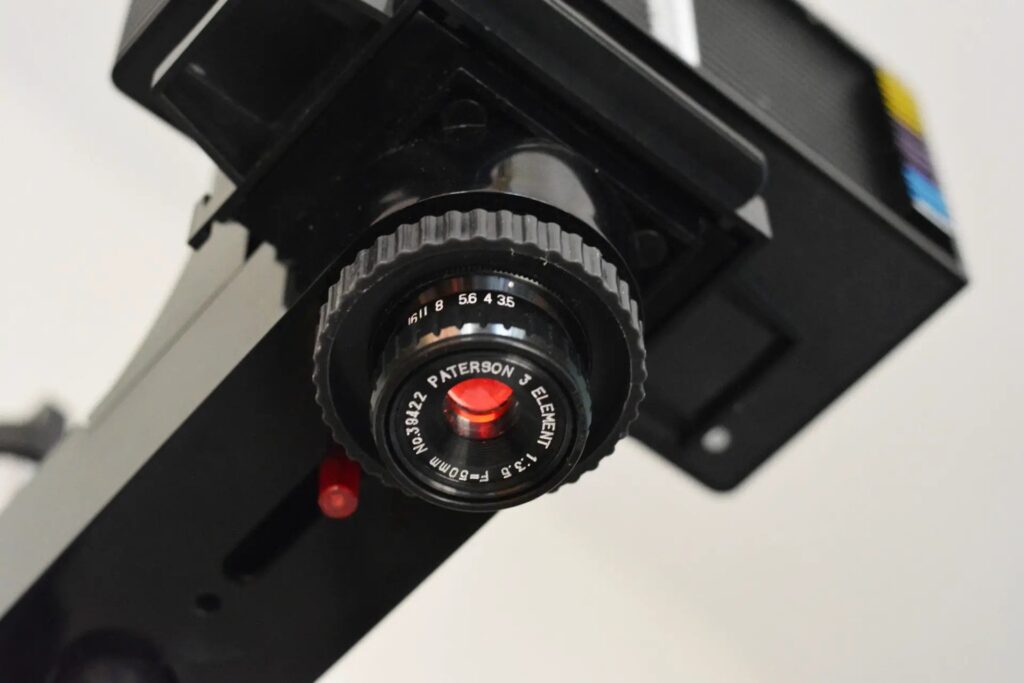
Comments
Ibraar Hussain on 5 Frames with a Large Format Camera – The Death of a Giant
Comment posted: 09/05/2025
Thank you
Comment posted: 09/05/2025
Comment posted: 09/05/2025
Thomas Wolstenholme on 5 Frames with a Large Format Camera – The Death of a Giant
Comment posted: 09/05/2025
Comment posted: 09/05/2025
Art Meripol on 5 Frames with a Large Format Camera – The Death of a Giant
Comment posted: 09/05/2025
Comment posted: 09/05/2025
Jeffery Luhn on 5 Frames with a Large Format Camera – The Death of a Giant
Comment posted: 09/05/2025
You and I have a lot in common:
1- Intrepid (not the most stable camera)
2- Beer brewing (mostly stout)
3- D-23 (Simple, cheap, foregiving)
4- Do play guitar?
I like the images a lot. I'd like to hold them for close inspection. A cheap flatbed scanner, available at most libraries, will do a good job copying prints. I assume you couldn't get any closer for dust and safety reasons. I had a 3-year job photographing the largest California dam removal: San Clemente Dam in Monterey County. Endless hours of jackhammers on long booms. They only did a little blasting. There are many homes downstream from the Carmel River and a salmon run to preserve, so the process was slow. Your pix reminded me that steel reinforced concrete is tough to bring down!!! Good documentation work! Jeffery
Comment posted: 09/05/2025
Comment posted: 09/05/2025
Gary Smith on 5 Frames with a Large Format Camera – The Death of a Giant
Comment posted: 09/05/2025
I spent another $75 the other day to acquire a gallon of D-76, stop and fix (all Kodak) plus a couple of brown jugs. The Df96 monobath didn't do very well with my 100 ISO Fomapan.
Comment posted: 09/05/2025
Comment posted: 09/05/2025
Geoff Chaplin on 5 Frames with a Large Format Camera – The Death of a Giant
Comment posted: 10/05/2025
Comment posted: 10/05/2025
Ewan McNeill on 5 Frames with a Large Format Camera – The Death of a Giant
Comment posted: 10/05/2025
there used to be an old power station you could see from my parents house and they eventually blew up the chimney. would have loved to try and photograph that but I wasn't around at the time.
I'm waiting on an intrepid 4x5 as my first forray into large format. would be interested to hear what you think the limitation and strengths are of the intrepid camera?
thanks
Ewan
Comment posted: 10/05/2025
Jerry Scoby on 5 Frames with a Large Format Camera – The Death of a Giant
Comment posted: 10/05/2025
Comment posted: 10/05/2025
Bill Brown on 5 Frames with a Large Format Camera – The Death of a Giant
Comment posted: 10/05/2025
Comment posted: 10/05/2025